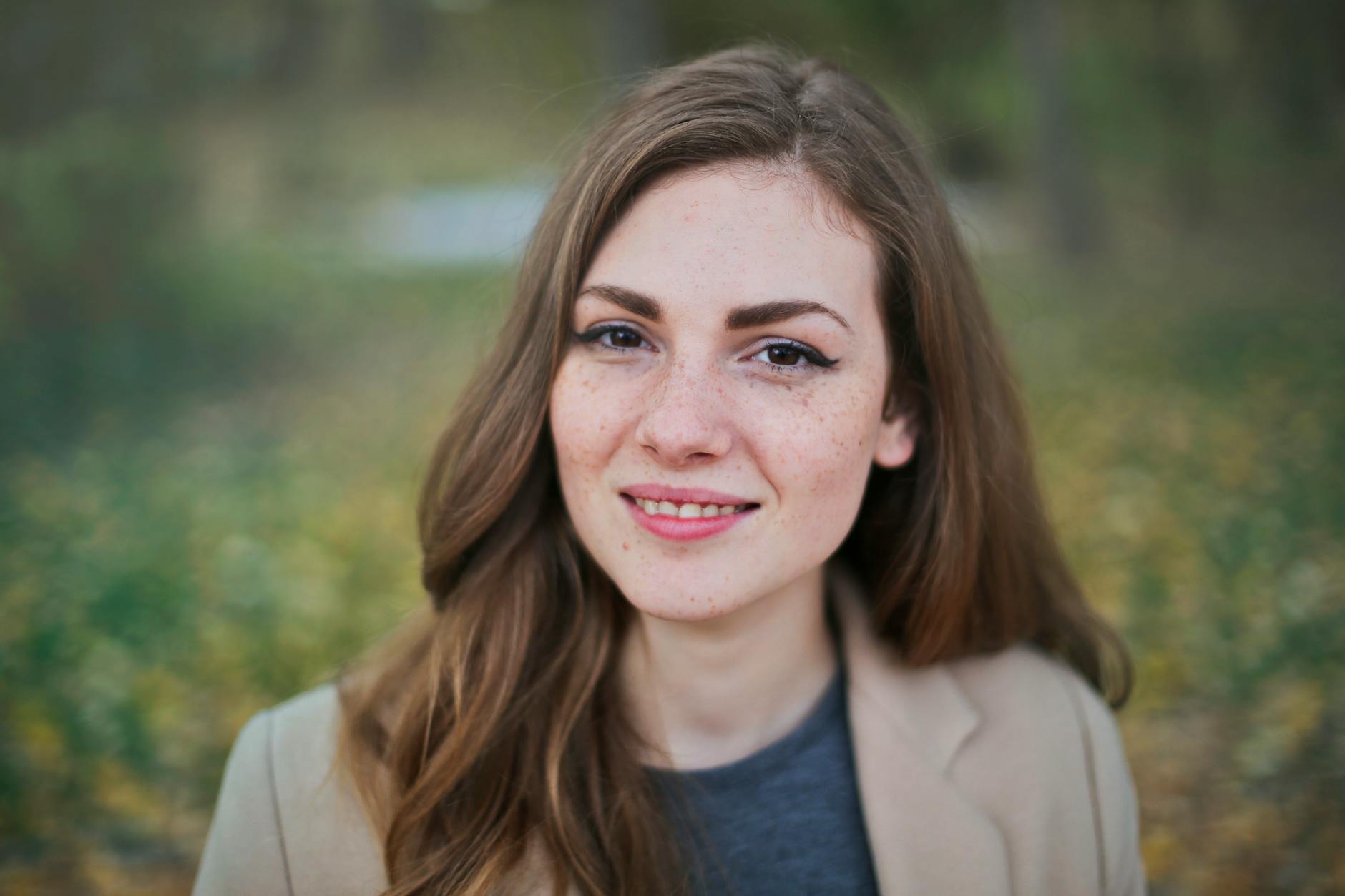In professional imagery, there are subtle but significant distinctions between headshots for business professionals and traditional portrait photography. Professional headshots are typically tightly framed, focusing on the subject’s face, often conveying an individual’s professionalism and character in a corporate context. These headshots are crucial in today’s digital business world, providing a first impression on corporate websites, social media profiles, and marketing materials.
Portrait photography, on the other hand, allows for a broader canvas where the photographer may creatively capture the subject in various poses and settings, not limited to just the face or upper body. This type of photography can portray various emotions, situations, and narratives, potentially including multiple subjects within a single frame. The approach to lighting, backdrop, and composition differs considerably from professional headshots, tailored to reflect the subject’s personality and story rather than a polished professional persona.
Key Takeaways
- Professional headshots concentrate on the face, capturing a person’s professional demeanor.
- Portrait photography offers creative freedom, depicting subjects with emotional depth in diverse settings.
- The purpose and techniques behind headshots for business professionals differ from broader portrait photography.
Technical and Aesthetic Considerations
The technical and aesthetic considerations in photography define the distinction between headshots for business professionals and other types of portraits. These include specific camera techniques, attention to the subject’s pose and composition, and the careful selection of backdrop and attire, each contributing to the desired outcome of the photo.
Camera Techniques and Lighting
Camera Techniques and Lighting are pivotal in differentiating professional headshots from other portraits. A photographer typically uses a professional-grade camera and a tripod to ensure sharpness and stability. In a studio setting, controlled lighting setups flatter the subject’s features, often opting for soft, diffused light to eliminate harsh shadows. For headshots, the lighting is key to highlighting the eyes and creating a welcoming expression.
- Studio Lighting: Softboxes, reflectors
- Natural Light: Diffusers reflectors for softening shadows
Pose and Composition
In Pose and Composition, business headshots aim for a look of professionalism and confidence. The pose is more structured, with the subject typically positioned in a manner that conveys approachability and assurance. The composition is usually tight, focusing on the shoulders, eyes, and face, with the subject directly engaging the camera to establish a connection.
- Expressions: Neutral or slight smile
- Eye Contact: Direct to camera
Backdrop and Attire
The Backdrop and Attire play a significant role in framing a professional image. A neutral backdrop, such as white, black, or grey, is common to avoid distractions and ensure the focus remains on the subject. Business attire is carefully chosen to reflect the individual’s role and the industry they represent. It’s usually formal or semi-formal to match the headshot’s intended professional context.
- Backdrops: Solid colors, typically white or grey
- Clothing: Business professional or business casual
Contextual Differences in Professional Headshots
Professional headshots serve specific functions within the business world, differing significantly from other forms of portrait photography. They are tailored to convey an individual’s professional persona and are often the first point of contact between professionals and their potential clients or employers.
Headshot Purposes and Platforms
Professional headshots are strategically crafted for use across various professional platforms. LinkedIn profiles, the epitome of professional social media profiles, typically feature a headshot to represent the individual within a business context. A corporate headshot serves as a visual introduction and complements the professional achievements and qualifications listed on the profile. Similarly, business cards and company websites often incorporate headshots to humanize the entity and establish a connection with clients. In press releases and company announcements, headshots of key team members reinforce their authority and role within the organization.
- Platforms:
- Professional networking sites (e.g., LinkedIn)
- Business cards
- Company websites
- Press releases
Personal Branding and Industry Standards
The concept of personal branding is integral to headshots for business professionals. They echo the individual’s unique value proposition and expertise within their field. A lawyer, for instance, may opt for a headshot that exudes professionalism and reliability. At the same time, someone in the creative industries might prefer a more relaxed and creative vibe, reflecting their brand.
Industry standards also dictate the style and approach towards headshots. In the tech industry, where innovation and approachability are prized, headshots might appear more casual, whereas, in law and other traditional fields, a more formal headshot is often the norm. Entrepreneurs and those in leadership positions might invest in an individual session with a photographer to ensure their headshot aligns with the brand image they wish to project.
- Industry Personal Branding:
- Formality for traditional fields (e.g., law, finance)
- Creativity for dynamic fields (e.g., marketing, design)
- Innovation for tech entrepreneurs
By choosing to have their professional headshots taken by experienced photographers, individuals can ensure that the images meet and exceed the expectations and conventions within their respective industries.
Conclusion
Business headshots and actor headshots serve distinct purposes rooted in the professional goals of the subject. Business headshots aim to present a person as trustworthy, professional, and approachable, typically conveying a person’s character and competence for corporate representation. In contrast, actor headshots focus more on showcasing versatility and unique traits that align with casting requirements. The striking difference lies in the styling and expressiveness of the subject, with actor headshots allowing for more creative freedom, while business headshots adhere to a professional standard. The intention behind each photograph guides its composition, making clear distinctions between these two forms of portrait photography.

